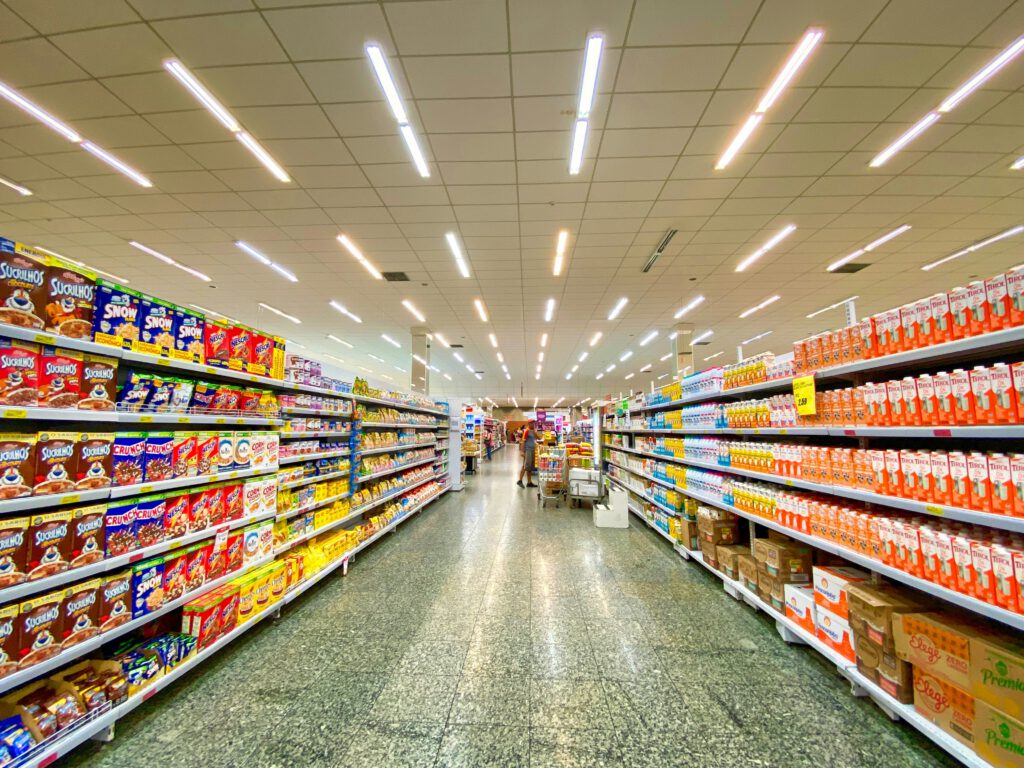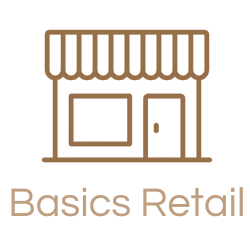Category Management: How Smart Shelves Drive Real Growth
Is your store’s layout guiding or confusing your customer? From supermarkets to DIY chains, retailers who master category management gain more than order—they gain loyalty, sales, and shopper satisfaction. But the right approach isn’t one-size-fits-all.
🕘️ Historical Example: Praxis Reframes DIY Shopping
In the early 2000s, Dutch hardware chain Praxis faced a challenge: their wide product range was overwhelming occasional shoppers. Instead of organizing shelves purely by supplier category, they began to group products by project type—like “bathroom renovation” or “garden weekend.” This created a more intuitive experience for customers, increased basket sizes, and encouraged project-based shopping.
📋 Source: EIM (2005), Doe-het-zelfretail in verandering
https://www.researchgate.net/publication/278673437
🏬 Modern Case Study: Albert Heijn Redesigns for Convenience (2024)
In 2024, Albert Heijn began rolling out a new store layout focused on shopper missions. Categories like “on-the-go,” “fresh dinners,” and “family lunches” are now clustered based on convenience and time of day, not traditional product groups. This aligns with the trend of mission-driven shopping and reflects insights from customer behavior and online purchase patterns.
📊 Source: RetailDetail.eu (2024), “Albert Heijn tweaks store layout to boost convenience”
https://retaildetail.eu/news/food/albert-heijn-tweaks-store-layout-to-boost-convenience/

✅ Three Actionable Takeaways
1. Design for missions, not just categories.
Group your products around what customers are trying to do—whether it’s “weeknight cooking” or “painting the guest room.” Mission-based grouping can boost impulse purchases and streamline decisions.
2. Mix hard data with frontline feedback.
Leverage POS and loyalty data to spot category trends—but validate it with feedback from store staff. Often, insights on shopper confusion or skipped products come straight from the shop floor.
3. Align layout and digital expectations.
Shoppers are used to online filters and quick navigation. Bring this logic into physical space—use signage, logical grouping, and store zoning to help customers “search” with their eyes like they would online.
💭 Closing Thought
Category management is more than shelf organization—it’s your brand’s way of thinking made visible. What are your categories saying to your customers?
📚 References
- EIM. (2005). Doe-het-zelfretail in verandering.
https://www.researchgate.net/publication/278673437 - RetailDetail.eu. (2024). Albert Heijn tweaks store layout to boost convenience.
https://retaildetail.eu/news/food/albert-heijn-tweaks-store-layout-to-boost-convenience/ - NielsenIQ. (2023). Netherlands Retail Landscape Report.
https://nielseniq.com/global/en/insights/report/2023-netherlands-retail-trends/



